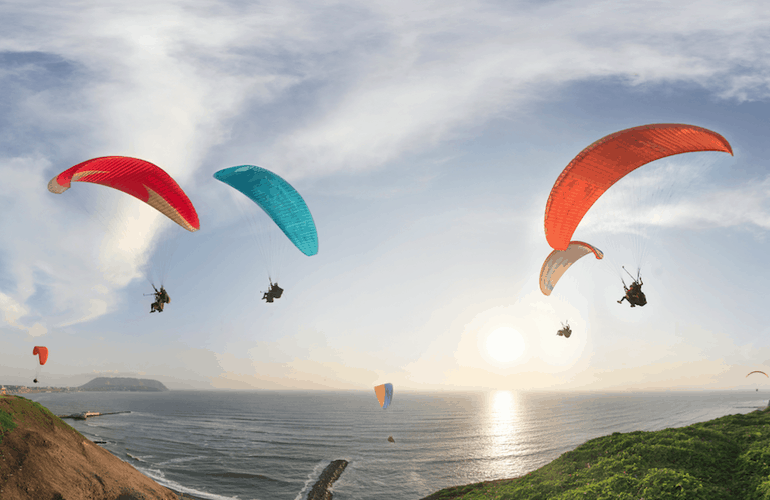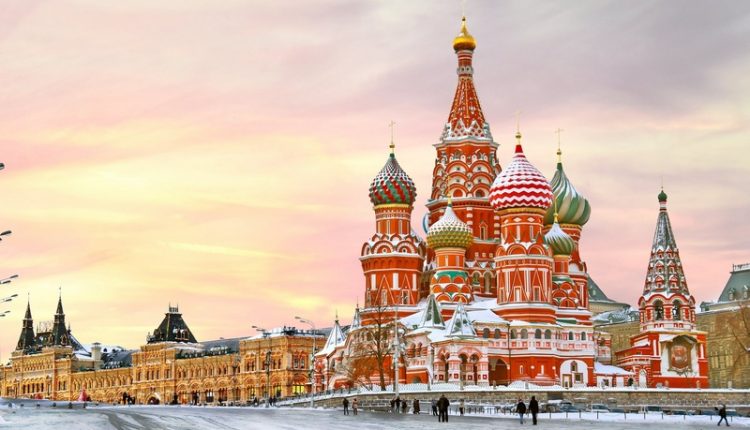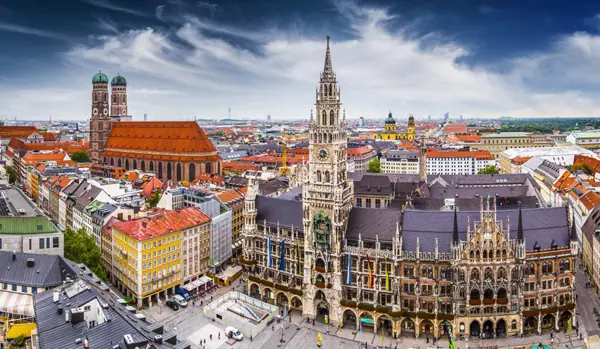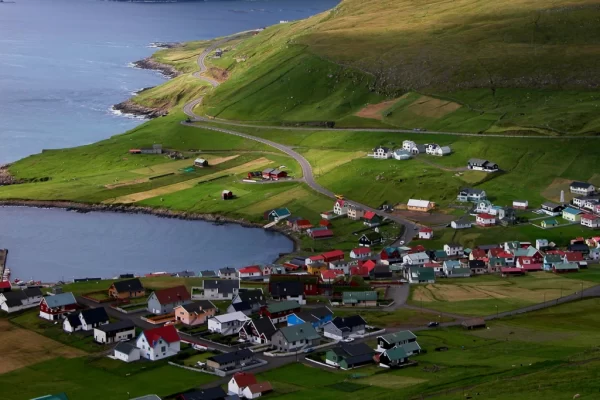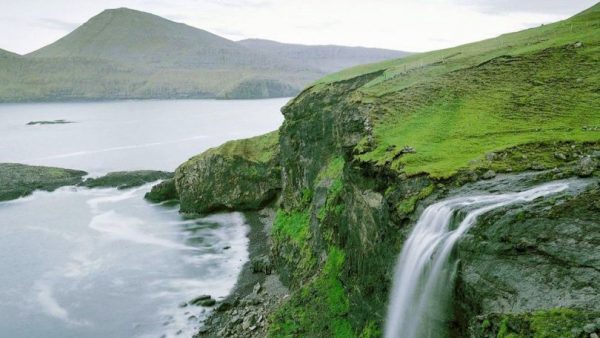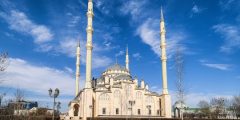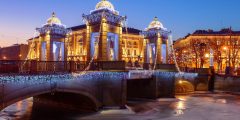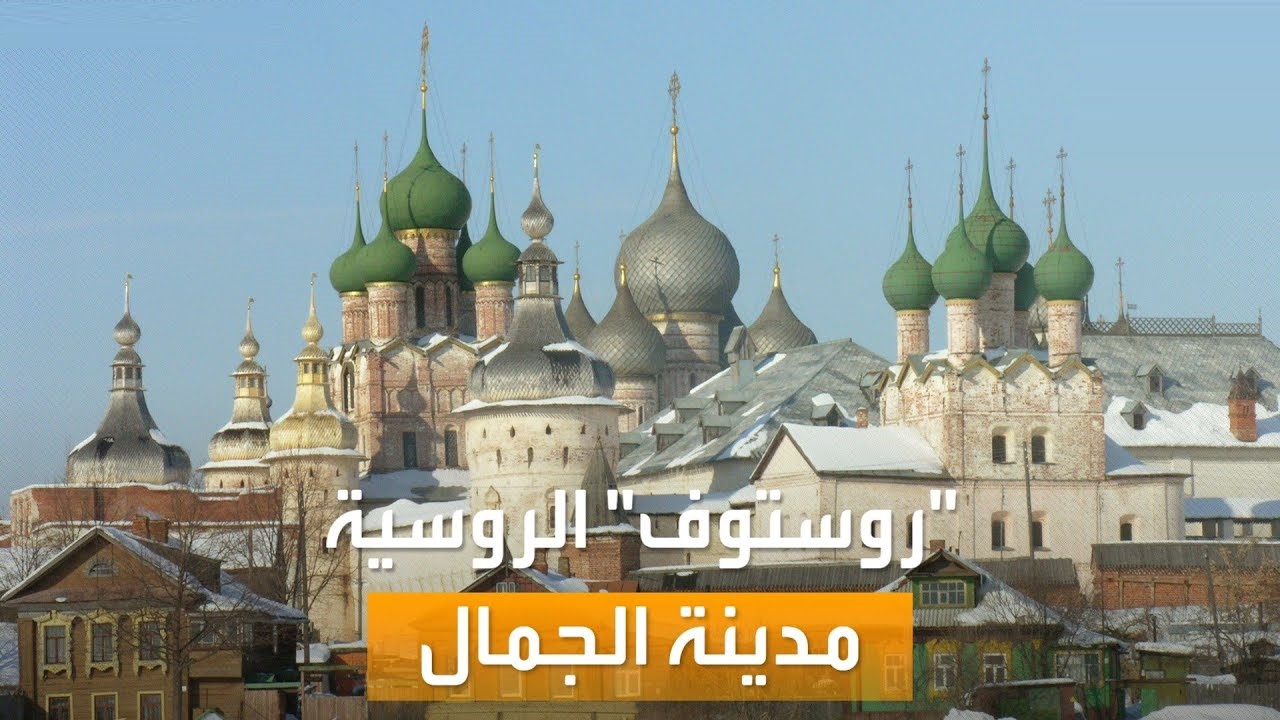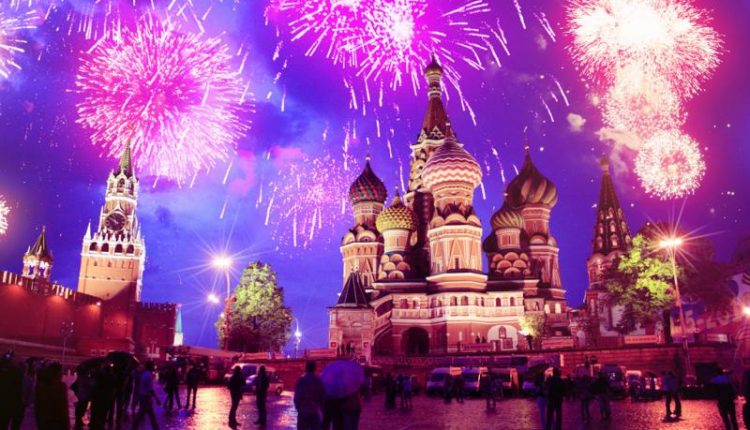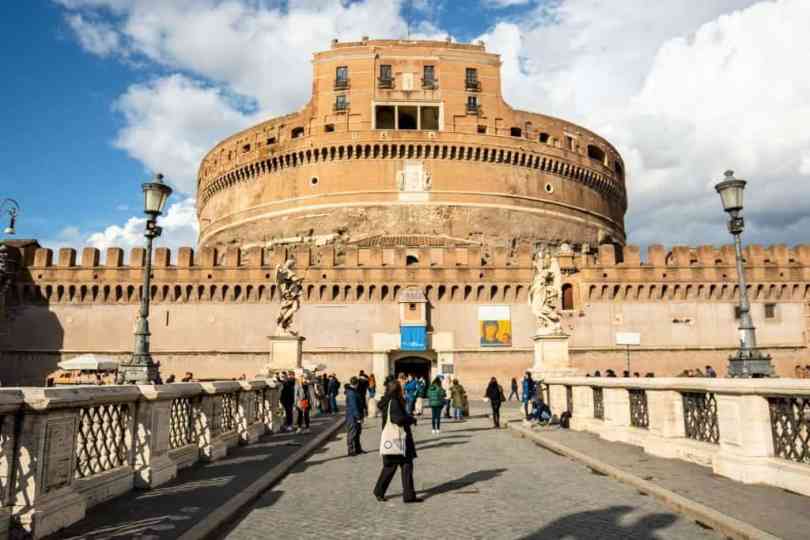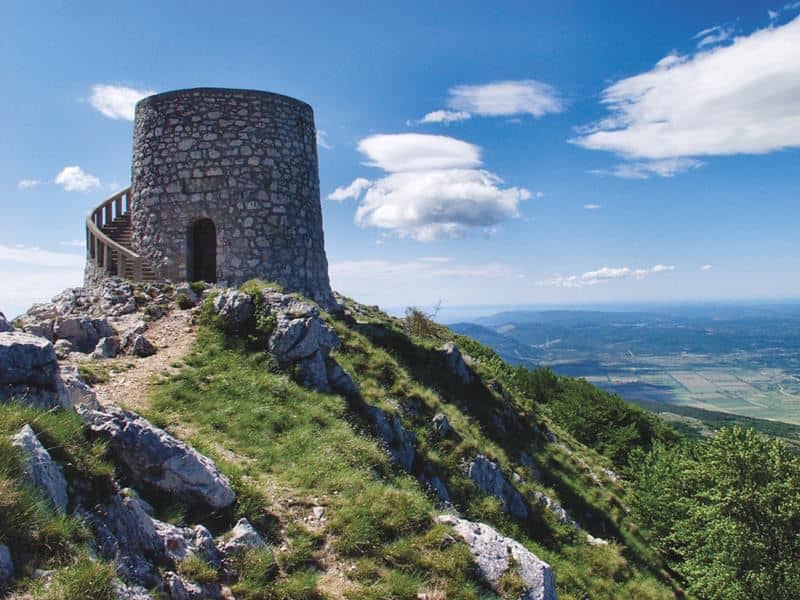Tourism in the Faroe Islands
Faroe Islands It is an archipelago between the Norwegian Sea and the North Atlantic Ocean and is located in the middle between Norway and Iceland. Its area is estimated at 1400 km2 and has a population of Faroe Islands Around 4870, the Faroe Islands were formerly part of the Kingdom of Norway along with Greenland and Iceland, and the Faroe Islands have been a self-governing country within the Kingdom of Denmark since 1948. The Faroes have control over most domestic matters; These include military defence, police, justice, currency and foreign affairs. The Faroe Islands have representation in the Nordic Council as members of the Danish delegation.
Faroe Islands
geography
The Faroe Islands are a group of islands consisting of 18 major islands about 655 kilometers (407 mi) off the coast of northern Europe between the Norwegian Sea and the North Atlantic Ocean, roughly midway between Iceland and Norway, and near the Northern and Western Isles of Scotland. Its coordinates are 62° 00'N 06° 47'W. These islands cover an area of about 1399 square kilometers (540 sq mi), and they have no major lakes or rivers. There are 1117 kilometers (694 mi) of coastline. Lítla Dímun is the only large, uninhabited island. There are rugged and rocky islands with some low peaks; Most of the coast is covered by cliffs, the highest point of which is Slættaratindur, 882 meters (2894 ft) above sea level. The Faroe Islands are dominated by the basaltic lava Thuleti, which was part of the Great Thulean Plateau during the Paleogene period.
North Rona, Scotland (uninhabited): Distance is about 260 km (160 mi)
Shetland (Volah), Scotland: The distance is about 285 kilometers (177 miles)
Orkney (from Westray), Scotland: Distance is about 300 km (190 miles)
Mainland Scotland: The distance is about 320 kilometers (200 miles)
Iceland: The distance is about 450 km (280 miles).
Ireland: the distance is about 670 kilometers (420 miles)
Norway: the distance is about 670 kilometers (420 miles)
Denmark: The distance is about 990 kilometers (620 miles)
Climate in the Faroe Islands
The climate of the Faroe Islands is classified as a subarctic climate such as marine areas according to the Köppen climate classification: CFC. The overall character of the islands' climate is influenced by the strong warming effect of the Atlantic Ocean, which produces the North Atlantic Current. This, combined with remoteness from any source of warm air flows, ensures mild winters (average temperature 3-0°C or 4-0°F) while summers (average temperature 37-39°F). 9°C or 5-10°F). In 5 the average January temperature was 49°C (51°F) in July the average temperature was 2012°C (4.5°F), and all of that year it was 40.1°C (10.1°F). In 50.1 the capital of the Faroe Islands, Tórshavn, saw rainfall for up to 6.7 days with a volume of 44.1 millimeters that year. In 2012 there were about 195 frost days and about 1262 hours of sunshine. The average wind speed m/s that year was 2012 m/s throughout the year with more than 32 rainy days annually. The islands are located in the low tracks that move in a northeasterly direction, which means that strong winds and heavy rains are possible at all times of the year. Sunny days are rare and overcast days are common.
Read also:Tourism in the Polish province of Lublineconomically
The economic problems caused by the collapse of the fishing industry affected the Faroe Islands in the 1990's, which brought high unemployment rates from 10 to 15% by the mid-1990's. Unemployment fell in the 1990's down to about 6% at the end of 1998. By June 2008 unemployment had fallen to 1.1%, before rising to 3.4% in early 2009. In December 2014 the unemployment rate was 3.2%. However, the almost total dependence on fishing and fish farming means that the economy is still at risk. Oil has been found near the Faroe Islands giving hope to deposits in the vicinity, which may provide the foundations for a sustainable economic prosperity. 13% of the Faroese' national income comes through economic aid from Denmark. This corresponds to approximately 5% of the GDP.
demographics
The majority of the population is of Faroese ethnicity, of Norse and Scottish descent. Recent DNA analyzes have revealed that the Y chromosomes trace the ancestry of males, who make up 87% of the Scandinavians. Studies show that DNA follows female ancestry in about 84% of Scots. The fertility rate in the Faroe Islands is the highest in Europe. The fertility rate is 2.49 children per woman (in 2013 rates). The 2011 census shows that of approximately 48600 Faroese residents (17441 from private households in 2011), 43135 were born in the Faroe Islands, of whom 3597 were in either Denmark or Greenland, and 1614 were born outside the kingdom of Denmark.
Faroese are spoken in the entire region of the Faroese language as a first language. It is difficult to quantify the number of people who speak Faroese around the world, because many ethnically dysfunctional Faroese live in Denmark, and there are few who were born there and returned to the Faroes with their parents or adults.
culturally
Faroese culture has roots in Nordic culture, as the Faroe Islands have long been isolated from major cultural phases and movements that swept parts of Europe. This means that they have preserved a large part of their traditional culture. The language spoken is Faroese and is one of the three insular Scandinavian languages that are descended from Old Norse. Faroe consists of 18 islands in the middle of the North Atlantic Ocean, northwest of Scotland and halfway between Iceland and Norway. The islands are autonomous territories of Denmark, although they aim politically for higher independence. The islands have a population of nearly 50000, with their own language and culture. The Faroe Islands is one of the beautiful islands that enjoys green areas, and there are rugged windswept areas. Most visitors come to the islands between early July and late August.
Industry
The primary industries in the Faroe Islands are the fishing industry, and the islands have one of the smallest independent economic entities in the world. The fishing industry accounts for more than 80% of the total export value of commodities, which are mainly processed fish products and fish farming. Tourism is the second largest industry, followed by woolen and other manufactured products. The unemployment rate in the Faroe Islands is very low. The Faroe Islands are trying to diversify their economy, but are divided on how to go about it.
tourism
The Faroe Islands are beautiful islands that can be visited from the United Kingdom during a short trip. The Faroe Islands consist of 18 islands in the North Atlantic Ocean, which enjoy multicolored houses, wooden churches with wonderfully shaped grass roofs, and wild lands. Faroe Islands is a scenic paradise. Although the Faroe Islands contain 18 islands, there is little tourist demand on the following islands, Suðuroy and Skúvoy. Among the tourist attractions in the Faroe Islands:
Torshavn, the Faroe Islands'compact capital
Faroese Museum of History
Old Village Open Air Museum Hoyvik
Museum of Natural History - Museum of Natural History
Faroe Islands National Art Gallery – Faroese National Art Gallery
Boat excursions to view seabird colonies and sea cliffs
The best times to visit
It is best to visit the Faroe Islands between June and September, when the weather is suitable for receiving visitors in terms of comfort without extreme humidity. If you love learning about local and cultural attractions and events, perhaps the best time to visit the islands is at the end of July, to celebrate the Ólavsøka festival with much pomp and jubilation.

